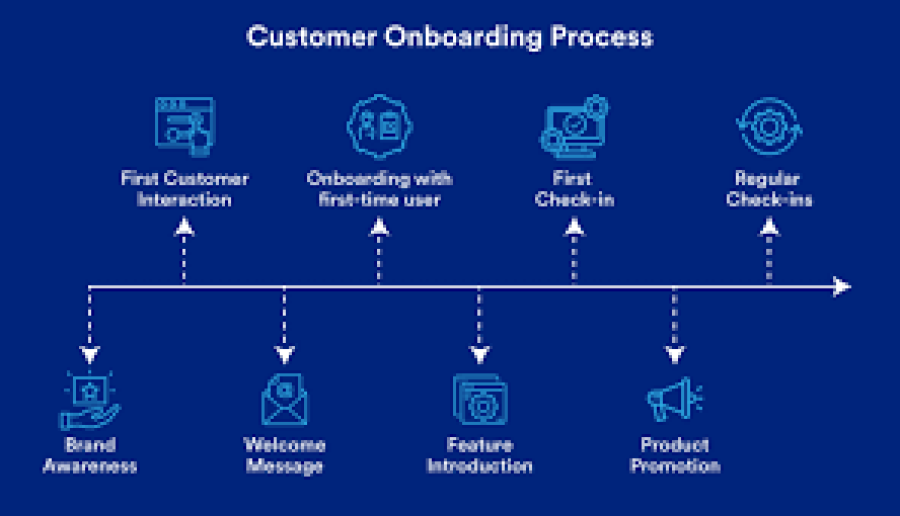How to Create a Client Onboarding Process
A well-structured client onboarding process is essential for freelancers looking to build strong relationships, set clear expectations, and ensure smooth project execution. At FreelancerBridge, we understand that the first impression matters, and a professional onboarding process can increase client satisfaction and trust. This guide will walk you through the key steps to creating an effective client onboarding system that enhances communication, streamlines workflow, and builds long-term client relationships.
Long Description
Creating a structured client onboarding process is crucial for freelancers. It helps clarify project details, set expectations, and establish a smooth workflow, ensuring both you and your client have a successful collaboration. Below are the key steps to designing an effective onboarding process:
1. Define Your Onboarding Goals
Before starting, define what you want to achieve with your onboarding process. Do you want to minimize misunderstandings? Ensure smoother communication? Reduce project delays? Having clear objectives will guide the structure of your process.
2. Send a Welcome Message
A personalized welcome message sets a positive tone for the project. This could be an email or a short video introducing yourself, outlining the next steps, and expressing enthusiasm for the collaboration.
3. Gather Client Information
To deliver the best results, you need detailed client information. Create a simple questionnaire or intake form that asks for:
- Business details
- Project requirements
- Preferred communication channels
- Deadlines and expectations
4. Set Clear Expectations with a Contract
A written agreement is crucial in freelancing. Your contract should include:
- Scope of work
- Deliverables and deadlines
- Payment terms and milestones
- Revision policies
- Confidentiality agreements (if needed)
5. Define a Communication Plan
Establish clear communication guidelines, including:
- Preferred contact methods (email, Slack, Zoom, etc.)
- Frequency of updates
- Response time expectations
This ensures transparency and minimizes confusion throughout the project.
6. Provide an Onboarding Document or Guide
A comprehensive onboarding guide can help clients understand how you work. It should include:
- A project roadmap
- Guidelines on providing feedback
- Expected timelines
- Any tools or platforms they need to use
7. Set Up Project Management Tools
Using tools like Trello, Asana, or ClickUp can help keep projects organized. Share a workspace with the client where they can track progress, view deadlines, and access important files.
8. Schedule a Kickoff Meeting
A virtual meeting allows you to discuss the project in-depth, address any concerns, and ensure both parties are aligned before starting.
9. Establish Payment Terms and Invoice Setup
To avoid payment issues, discuss:
- Payment methods (PayPal, Stripe, bank transfer, etc.)
- Milestone-based or full upfront payments
- Invoice submission processes
10. Create a Feedback Loop
Encourage clients to share their thoughts on the onboarding process to improve future experiences. Ask questions like:
- Was the onboarding process clear?
- Did you receive all necessary information?
- How can we improve communication?
11. Follow Up and Build a Relationship
Once the onboarding process is complete, check in regularly to maintain a strong client relationship. Offer additional support, send project updates, and nurture long-term collaborations.


 by Emily
by Emily




